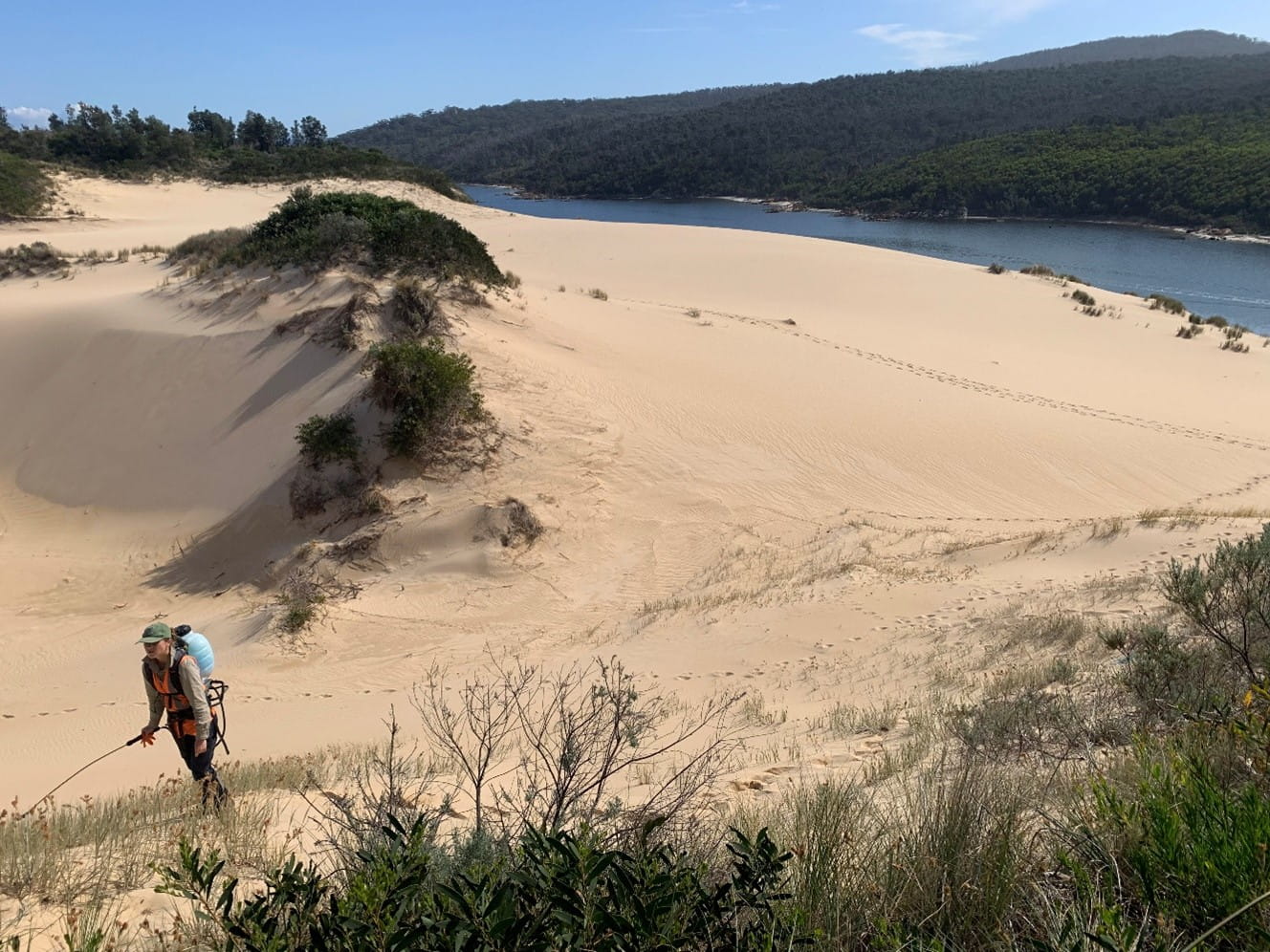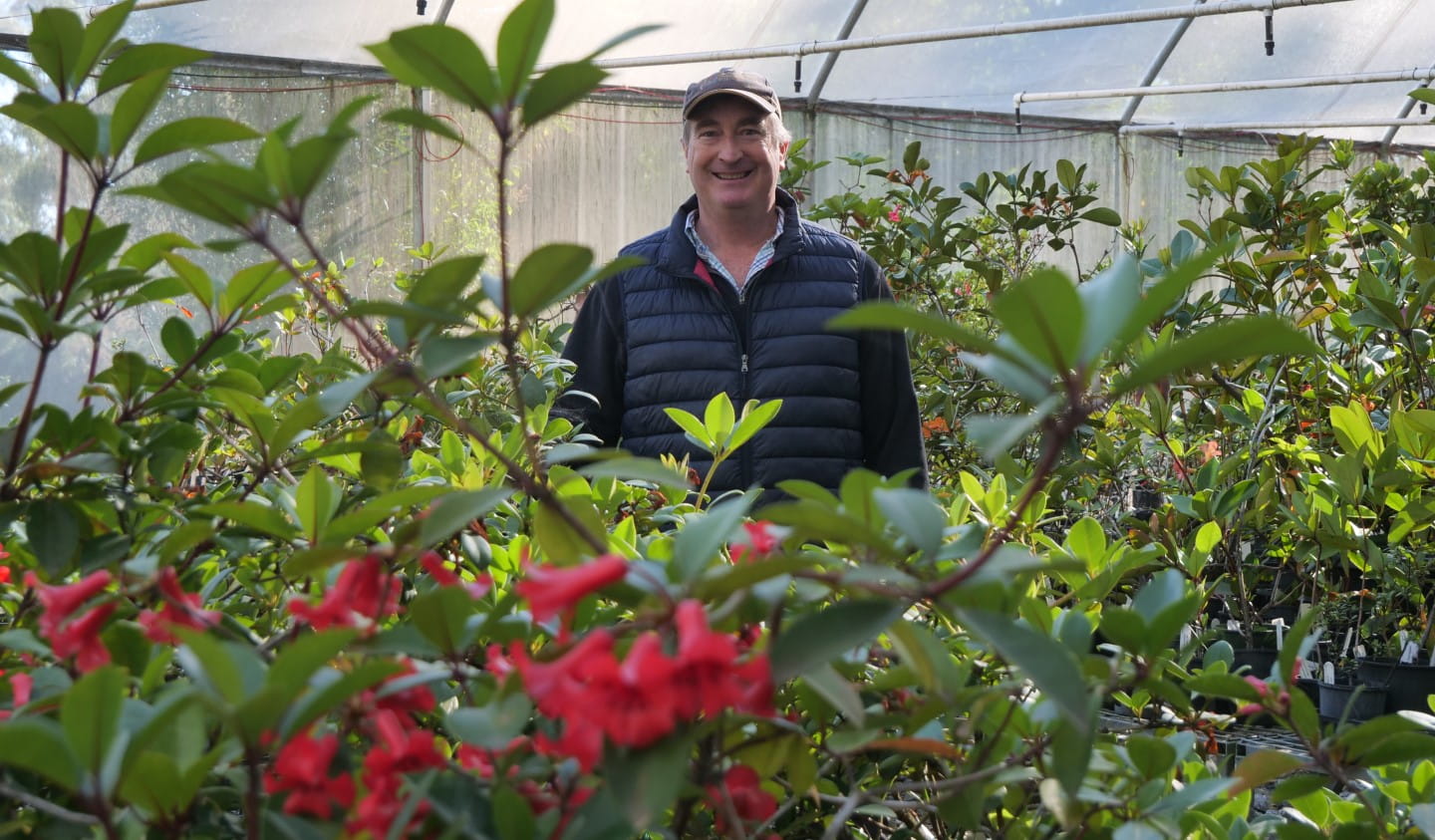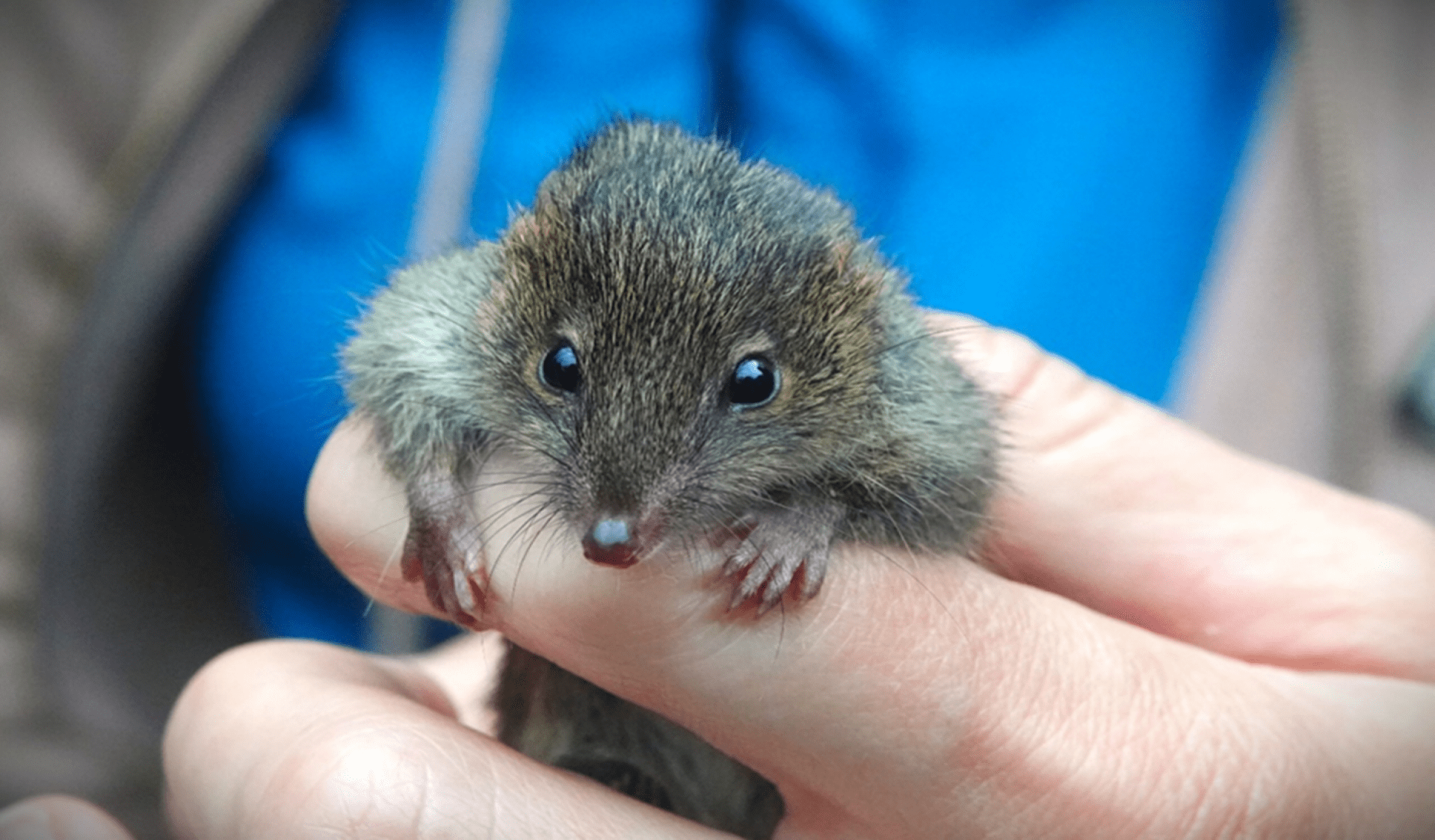A landscape approach to restore the Mallee
Thursday 24 March, 2022
Important conservation works are helping to bring the Mallee landscape back to balance by protecting native habitat, wildlife, plants and trees.
The Mallee protected areas have a long and varied history of land use. Wyperfeld National Park is part of an Aboriginal cultural landscape thatincludes Traditional Country of the Wotjobaluk Peoples. Murray-Sunset National Park includes traditional Country of the Latji Latji, Ngintait and Nyeri Nyeri Peoples.
Following colonial settlement, North-Western Victoria was planned for use as soldier settlement blocks. However, drought, followed by the Great Depression of the 1930s meant large areas in the region weren’t settled.
Over time, pastoralism and pest species began to degrade vast areas of the landscape. From the late 1980s to early 1990s, several protected parklands across the Mallee were proclaimed and handed to Parks Victoria for land management.
Today, Mallee parks cover 1.3 million hectares, 30% of Victoria’s parks and reserves estate The parks protect the least disturbed mallee ecosystems in Australia, including Victoria’s largest national park, Murray-Sunset.
Mallee ecosystems take their name from the small, multi-stemmed eucalypts which feature lignotubers (mallee roots) just below the soil surface. These roots store carbohydrates and water and allow trees to regrow from the base if its stems are destroyed by fire. The Mallee and its understorey of saltbush, heathy shrubs, sedges, and grasses all contribute to the habitat.
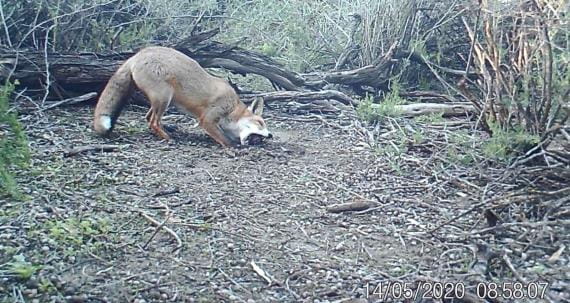
Invasive species such as foxes have a severe impact on native species across the Mallee
Native species need healthy habitat to survive. For threatened and endangered animals in the region, like the Regent Parrot, Major Mitchell Cockatoo and Malleefowl, excessive grazing by invasive species, increased temperatures, risk of bushfire, introduced predators and environmental weeds threaten their survival.
Since 2018, Parks Victoria has implemented a range of projects as part of the Victorian Government’s Protecting Victoria’s Environment – Biodiversity 2037 plan. By working with a wide range of partners and private landowners throughout the Mallee, a comprehensive approach has begun to increase the resilience of the ecosystems and support natural ecological growth.
Total Grazing Management Coordinator Brendan Rodgers explains “Animals and plants do not care for human land boundaries. To protect the Mallee’s incredibly special landscape and its inhabitants, we work alongside a variety of local partners and landowners to bring balance back to the wider land surrounding the national park.”
Using a variety of innovative tools and techniques, the landscape within and surrounding Murray Scroll Belt, Hattah-Kulkyne National Park, Taparoo in Murray-Sunset National Park and Wyperfeld National Park has been given the chance to recover and regenerate.
The four-year projects have seen invasive species controlled and habitat enhanced across vast areas of land. Trapping, ground and aerial shooting programs have reduced the severe grazing impact of goats, pigs, and rabbits across the Mallee.
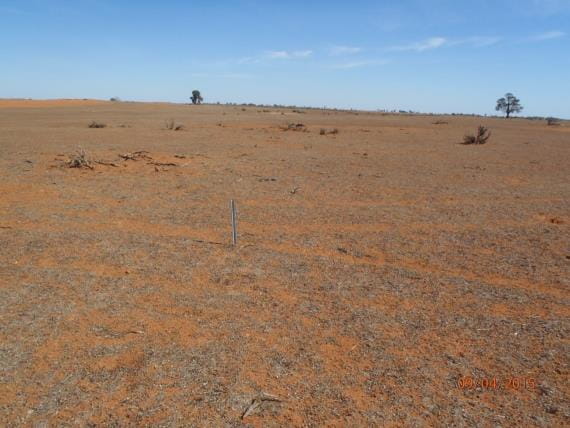
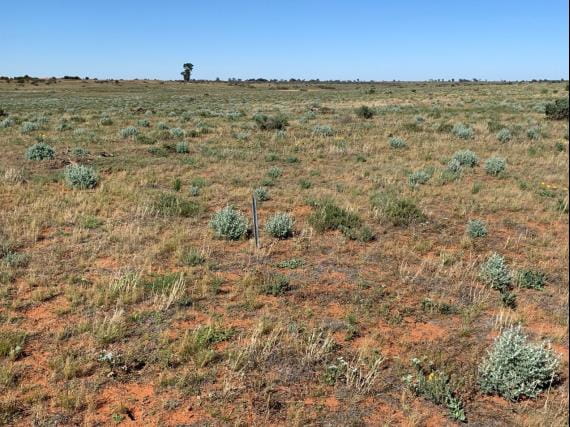
By limiting grazing, perennial plants like the Sago Bush pictured, have regrown at Pippens, Murray Sunset National Park
Pippins Management Area, pictured above, was added to the Murray Sunset National Park in 2010. It had been used for stock grazing for over 50 years and had seen high rabbit numbers impact its landscape.
In 2018, Parks Victoria conducted monitoring across a 22km route which recorded 110 rabbits. Since then a successful rabbit control program including monitoring, shooting, baiting, ripping and fumigation has reaped rewards for biodiversity. Most recent monitoring results in Autumn 2021 saw zero rabbits, giving the ecosystem a chance to regrow and flourish.
Due to the Mallee’s vast and diverse landscapes, several different tools were used. Goat traps were lent to Millewa Landcare Group, satellite tracking collars monitored the movements of goat herds, and remote technology allowed more effective trapping of feral pigs. Revegetation of priority areas saw native species reintroduced to provide important habitat, and innovative work carving hollows into trees has supported the population growth of Major Mitchell’s Cockatoos.
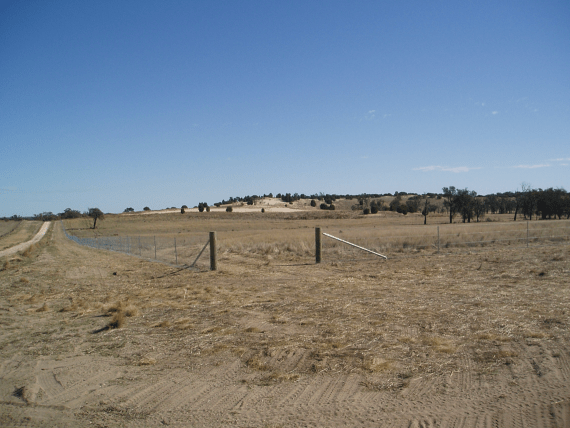
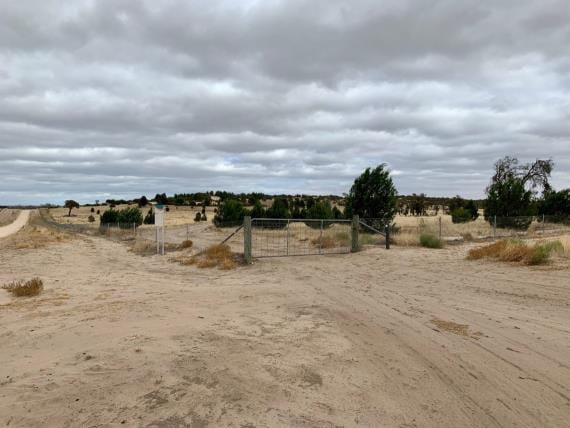
Total Grazing Management has seen revegetation of Wyperfeld National Park, home to endangered Major Mitchell Cockatoos.
The collaborative projects were undertaken with a variety of partners including Traditional Owners Barengi Gadjin Land Council and First People of the Millewa-Mallee Aboriginal Corporation, Department of Environment, Land, Water and Planning, Millewa-Carwarp Landcare, Sporting Shooters’ Association of Australia, Trust for Nature, and private landowners.
The program has given native trees and plants the chance to naturally regrow and recover, benefiting the wider ecosystem. The reduction in grazing pressure and impact of invasive species will protect perennial plant species, allowing native animals the opportunity to successfully breed in their preferred habitats.
“It is important to recognise the wider ecosystem when planning how to best monitor the land. As we continue to care for the Mallee, we can support the natural ecological processes with successful, targeted intervention."
"The regrowth of flora in these areas is such an achievement given Parks Victoria has only taken back management of the land in the 80s and 90s,” says Brendan Rodgers, Parks Victoria’s Total Grazing Management Coordinator.
Parks Victoria will continue to work together with partners and the community to deliver the Mallee Conservation Action Plan (2019) and BGLC’s Country Plan, ‘Growing what is Good’ (2017).
This work has been funded by the Victorian Government’s Biodiversity Response Planning program and is helping to ensure that Victoria’s natural environment is healthy, valued and actively cared for.
Work at Pippens, Murray Sunset National Park is part of a broader threat management program involving a combination of animal control methods and weed control, carried out by Parks Victoria and partners as part of the Victorian Government’s Weeds and Pests on Public Land program.


